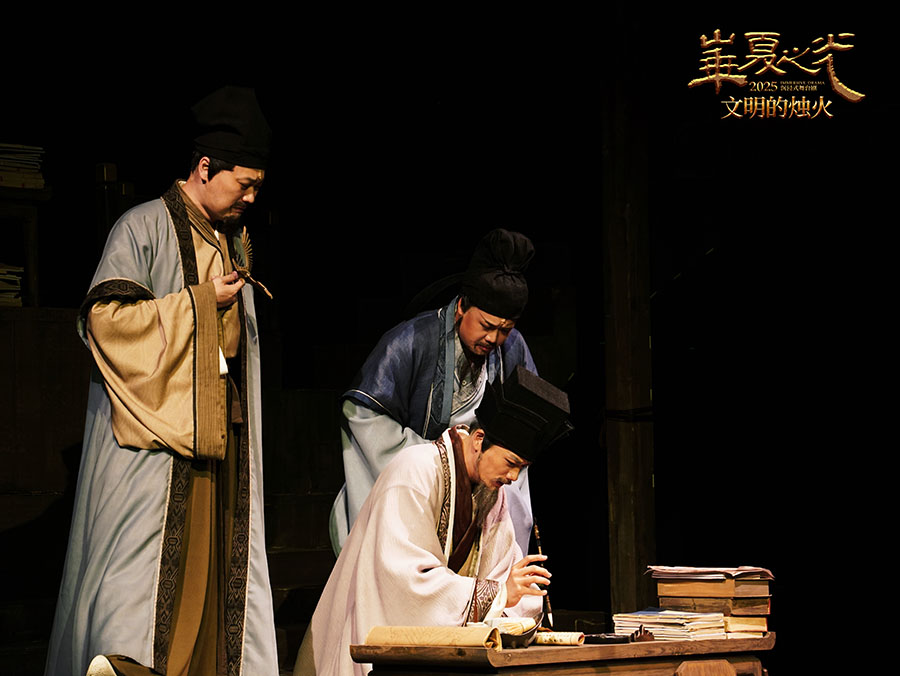Drama sheds light on a millennium of stargazing


The Glory of China, an immersive drama co-produced by China Science and Technology Museum and the China Coal Mine Art Troupe was staged at the Xizang Museum of Natural Science on Saturday to celebrate the 60th anniversary of the founding of the Xizang autonomous region. The play will continue its run until Sunday.
The production uses the sighting of the Guest Star of Tian Guan — a supernova that was first observed by the Chinese during the Northern Song Dynasty (960-1127) — and contemporary research on the Crab Nebula as its main storyline, creating a scientific dialogue that spans a millennium.
In the play, Northern Song Dynasty scientist Su Song and astronomical bureau official Yang Weide form a spiritual connection with the research team of the modern-day Large High Altitude Air Shower Observatory (LHAASO), vividly showcasing the remarkable achievements of ancient Chinese astronomy and the enduring legacy of the scientific spirit.
The drama premiered in Beijing last year and has received widespread acclaim. In this year's new version, elements of Xizang are highlighted. For example, it highlights how the LHAASO team began their scientific journey on the snowy plateau of Xizang, then extended their efforts to Haizi Mountain in Sichuan province. The team overcame the challenges posed by the high-altitude environment of the vast Qinghai-Tibet Plateau, ultimately establishing one of the world's highest and most sensitive cosmic ray observatories.
























